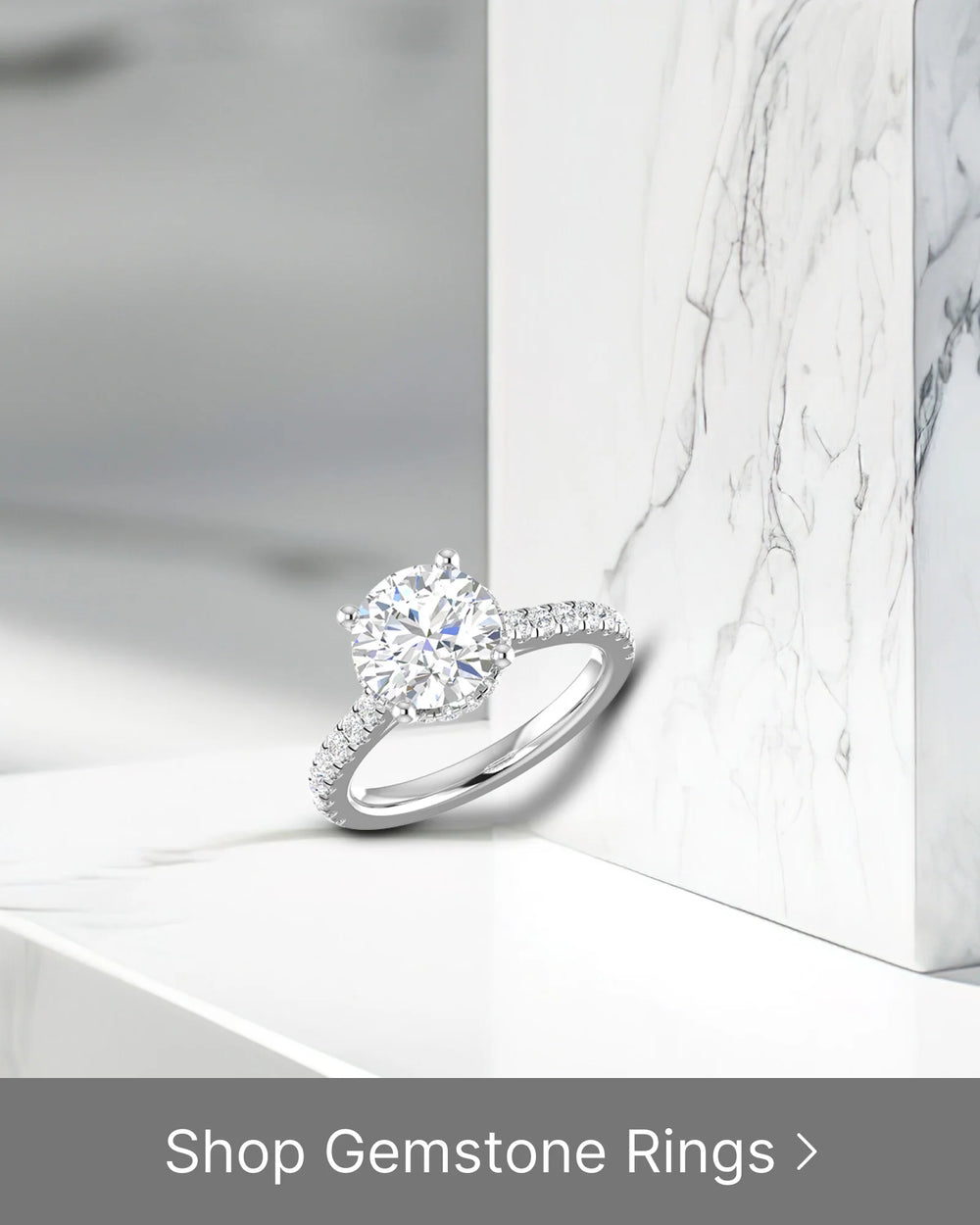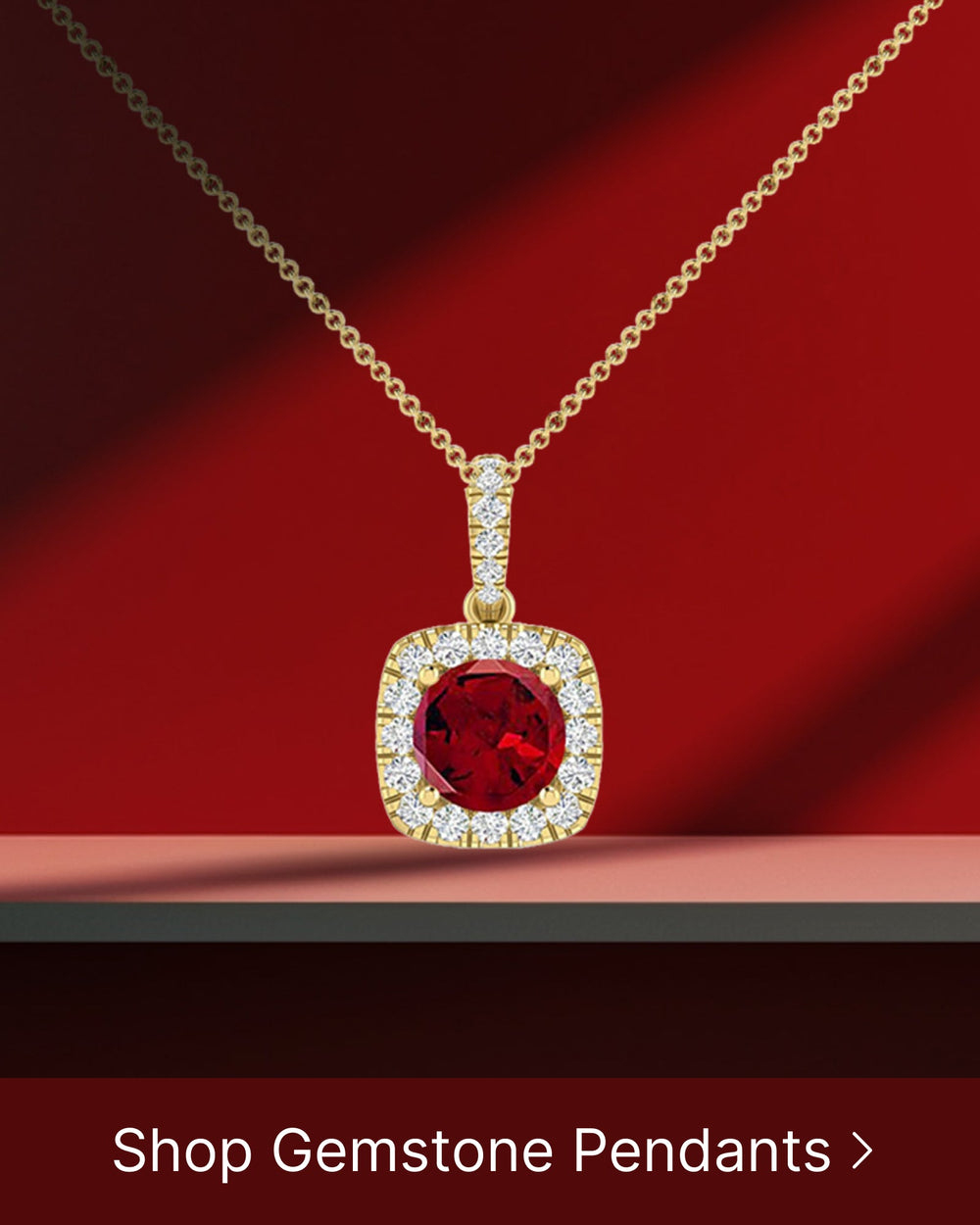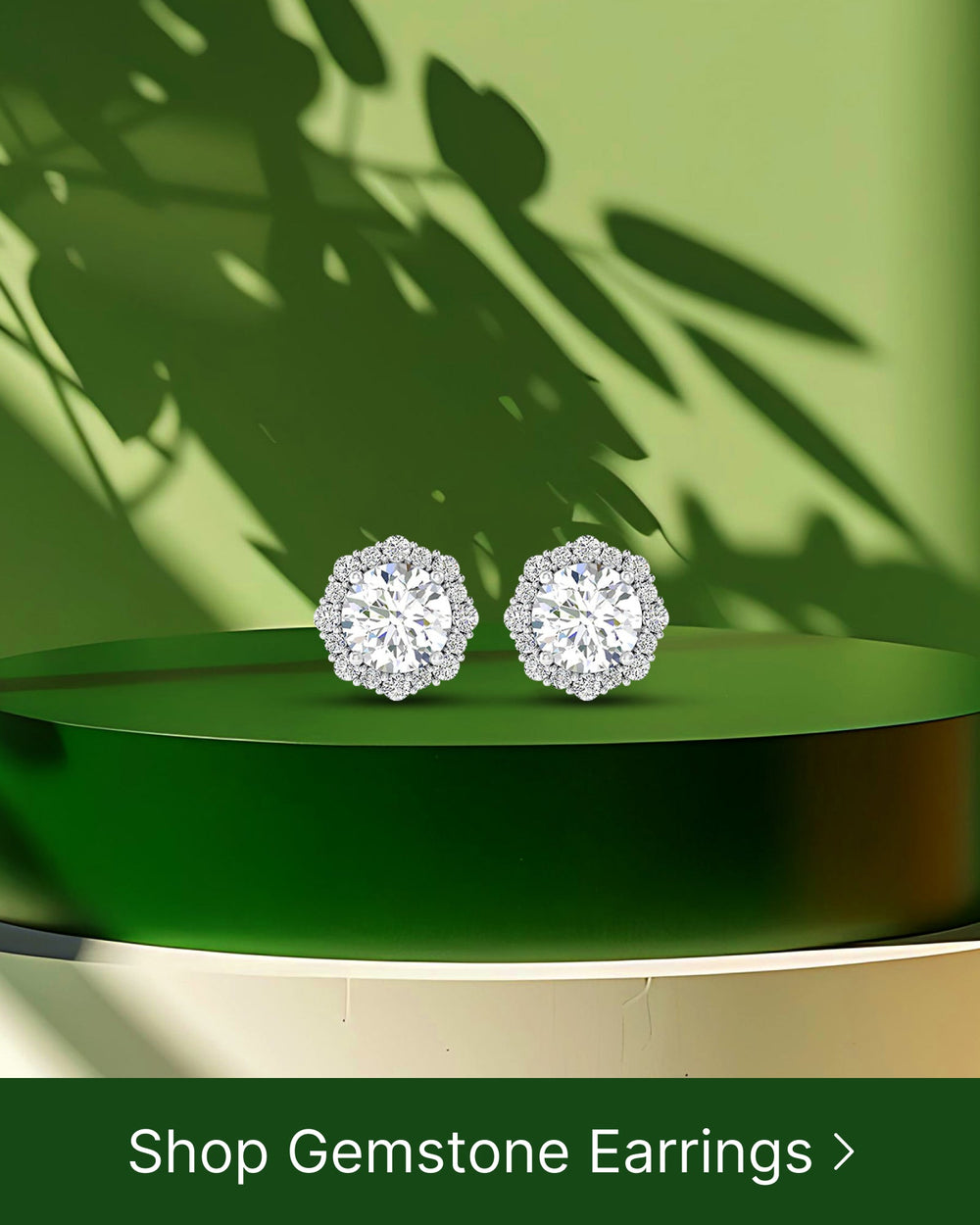Discovering Tahitian Pearls: Your Ultimate Guide to Buying and Understanding Them
Tahitian pearls are renowned for their exquisite beauty and unique charm. Their allure lies in their dark, lustrous hues and their ability to capture the imagination. In this ultimate guide, we will explore the fascinating world of Tahitian pearls, from their origins and special qualities to their value, cultivation process, and key factors to consider when buying these coveted gems. Additionally, we will provide essential tips on caring for your Tahitian pearls, ensuring their longevity and maintaining their natural radiance.
The Unique Charm of Tahitian Pearls
Tahitian pearls have an unmistakable allure that sets them apart from other types of pearls. Their distinct, rich colors range from dark charcoal to peacock green, with shades of blue, eggplant, and even silver. These captivating hues are naturally occurring, making each Tahitian pearl a unique work of art.
What truly makes Tahitian pearls remarkable is their iridescence. The nacre, or outer layer of the pearl, reflects light in a way that creates a mesmerizing play of colors, often referred to as a "rainbow effect." This iridescent quality adds depth and a captivating shimmer to the pearl's surface, enhancing its overall beauty.
But there is more to Tahitian pearls than meets the eye. Let's delve deeper into what makes these pearls so special.
What Makes Tahitian Pearls Special
Tahitian pearls are distinct from other pearls due to their origin and unique characteristics. Unlike traditional pearls, which are usually sourced from freshwater or saltwater environments, Tahitian pearls originate from the black-lipped oyster (Pinctada margaritifera), found primarily in the pristine waters of French Polynesia.
These oysters thrive in the warm, nutrient-rich lagoons and atolls of French Polynesia, creating the perfect environment for the formation of Tahitian pearls. The unique combination of water temperature, salinity, and nutrient availability contributes to the exceptional quality and beauty of these pearls.
One of the defining features of Tahitian pearls is their size. They tend to be larger than other types of pearls, ranging from 8 to 16 millimeters in diameter. This substantial size contributes to their striking presence and makes them highly sought after by pearl enthusiasts and collectors worldwide.
Furthermore, Tahitian pearls are known for their exceptional luster. The nacre layers that form over time give these pearls a deep, mirror-like shine that is truly captivating. This luster, combined with their unique colors and size, makes Tahitian pearls a true treasure of the ocean.
The Origin of Tahitian Pearls
The story of Tahitian pearls begins deep beneath the turquoise waters of the South Pacific. These pearls are cultivated in the pristine lagoons and atolls of French Polynesia, including the enchanting islands of Tahiti, Moorea, and Bora Bora.
The journey of a Tahitian pearl starts when a skilled technician gently implants a tiny nucleus, often a bead made from mother-of-pearl, into the black-lipped oyster. This process is carefully done to ensure the oyster's well-being and the successful formation of a beautiful pearl.
Once the nucleus is implanted, the oyster begins its remarkable work of artistry. Over time, the oyster secretes layers of nacre, a combination of calcium carbonate and organic substances, to protect itself from irritants. These layers gradually build up, forming the mesmerizing Tahitian pearl.
The cultivation process can take anywhere from 18 months to several years, depending on the desired size and quality of the pearl. During this time, the oysters are nurtured in the crystal-clear waters of French Polynesia, where they feed on plankton and absorb the natural minerals that give Tahitian pearls their unique characteristics.
Once the pearls have reached their full potential, they are carefully harvested by skilled pearl farmers. Each pearl is inspected for its quality, shape, color, and luster, ensuring that only the finest specimens make their way into the hands of pearl enthusiasts around the world.
In conclusion, Tahitian pearls are not just exquisite gems of the sea; they are the result of a fascinating journey that begins in the depths of the ocean and ends in the hands of those who appreciate their unique charm. From their distinct colors and iridescence to their size and origin, Tahitian pearls continue to captivate and enchant all who have the pleasure of admiring their beauty.
Understanding the Value of Tahitian Pearls
Tahitian pearls have long been regarded as one of the most valuable and cherished types of pearls. Their rarity, unique color range, and inherent beauty contribute to their desirability among collectors and buyers.
Factors Determining the Price of Tahitian Pearls
Several factors influence the value and price of Tahitian pearls. One of the most significant factors is their color. Tahitian pearls with intense, even color saturation command higher prices. Pearls with highly desired overtones, such as peacock green or aubergine, are particularly sought after.
In addition to color, the luster of a Tahitian pearl contributes to its value. Pearls with a high-quality luster possess a deep, mirror-like shine that enhances their visual appeal.
The size and shape of Tahitian pearls also impact their value. Larger pearls and those with round or near-round shapes are generally more valuable, as they require more time to cultivate and exhibit exceptional symmetry.
How to Identify High-Quality Tahitian Pearls
When evaluating Tahitian pearls, it is essential to assess their quality and determine whether they meet your desired standards. The first characteristic to examine is the luster. High-quality Tahitian pearls have a bright, reflective luster that gives them a mesmerizing glow. Avoid pearls with a dull or chalky appearance, as this indicates lower quality.
Next, consider the surface of the pearl. Ideally, it should be smooth and free from blemishes or imperfections. While some slight natural markings are expected, excessive flaws can affect the pearl's beauty and reduce its value.
Finally, pay attention to the shape and symmetry of the pearl. Round or near-round pearls are highly valued, as they exemplify the classic pearl shape. However, Tahitian pearls come in various shapes, including baroque and drop shapes, which can also be exquisite and unique.
The Process of Cultivating Tahitian Pearls
The cultivation of Tahitian pearls is a meticulous process that requires time, patience, and expertise. The journey begins with the black-lipped oyster, a remarkable creature that plays a vital role in pearl production.
The Role of the Black-Lipped Oyster
The black-lipped oyster is the only species capable of producing Tahitian pearls. These oysters thrive in the pristine waters of French Polynesia, where they are carefully harvested for their pearls.
When an oyster reaches maturity, it is selected by pearl farmers for the cultivation process. The oyster is gently opened, and a small bead, often made from mother-of-pearl, is delicately implanted inside. This bead serves as the nucleus around which the pearl will form.
The Intricate Process of Pearl Formation
Once the nucleus is implanted, the oyster begins secreting layers of nacre, a crystalline substance, to protect the foreign object and thus form the pearl. Over time, the layers of nacre build up, creating the lustrous surface of the pearl.
This process can take several months to several years, depending on the desired size and quality of the pearl. The longer the pearl remains in the oyster, the more layers of nacre it develops, resulting in a thicker nacre coating and a more exquisite pearl.
After the cultivation period, the oysters are carefully harvested, and the pearls are extracted and prepared for sale. This delicate process ensures that the pearls are handled with care, preserving their natural beauty and quality.
Buying Tahitian Pearls: What to Look For
When purchasing Tahitian pearls, it is important to have a discerning eye and consider several key factors that affect their overall value and appeal.
Evaluating the Luster and Color
The luster of a Tahitian pearl is a vital characteristic to evaluate. Look for pearls with a bright, radiant luster that reflects light and enhances the play of colors. A pearl with a high-quality luster will have a captivating glow that sets it apart.
In terms of color, Tahitian pearls offer a wide spectrum of natural hues. Consider your personal preferences and the versatility of the pearl's color when making your selection. Whether you prefer a classic black or desire a more vibrant and exotic shade, there is a Tahitian pearl to suit every taste.
Assessing the Size and Shape
Tahitian pearls are known for their larger sizes compared to other types of pearls. When choosing a pearl, consider the size that best complements your style and preference. Remember that larger pearls command higher prices due to their rarity and the additional cultivation time required.
Shape is another significant consideration when buying Tahitian pearls. While round and near-round pearls are classic and highly valued, other shapes, such as baroque or drop shapes, can offer a unique and striking aesthetic. Embrace the diversity and choose a shape that speaks to you.
Caring for Your Tahitian Pearls
Proper care is essential to ensure the longevity and radiance of your Tahitian pearls. By following a few simple guidelines, you can preserve their beauty for generations to come.
Proper Storage and Cleaning
When not wearing your Tahitian pearls, store them in a soft cloth or jewelry pouch to protect them from scratches and prevent any tangling with other jewelry. Keep them away from direct sunlight and extreme temperatures, as these can damage the pearls' delicate nacre.
For cleaning, use a soft, damp cloth to gently wipe the pearls. Avoid using harsh chemicals, abrasive cleaners, or ultrasonic cleaners, as these can damage the pearls. Additionally, remove your pearls before applying perfumes, lotions, or makeup, as these substances can dull their luster.
Avoiding Potential Damage
While Tahitian pearls are durable, they are organic gems that require special care. Avoid exposing them to harsh chemicals, such as chlorine or vinegar, as these can eat away at the nacre and diminish their luster. It is advisable to remove your pearls before engaging in activities such as swimming, exercising, or cleaning.
To prevent the silk thread that holds the pearls from becoming weak over time, periodically restring your necklace or bracelet. This will help ensure that your Tahitian pearls are securely strung and reduce the risk of the thread snapping and causing the pearls to scatter.
By following these care guidelines, you can enjoy your Tahitian pearls for a lifetime, appreciating their natural beauty and timeless elegance.
Conclusion
Tahitian pearls are true marvels of nature, offering a unique charm and allure that captivate the beholder. From their origin in the vibrant waters of French Polynesia to their exquisite color range and impressive sizes, Tahitian pearls stand out as coveted treasures in the world of jewelry.
Understanding the value of these pearls, the intricate cultivation process behind them, and the factors influencing their price will help you make informed choices when buying Tahitian pearls. With attention to luster, color, size, and shape, you can find a pearl that resonates with your personal style and preferences.
Remember to care for your Tahitian pearls diligently, providing them with proper storage, gentle cleaning, and protection from potential damage. By doing so, you can ensure that your pearls maintain their shimmering beauty and remain a cherished piece of jewelry for years to come.





